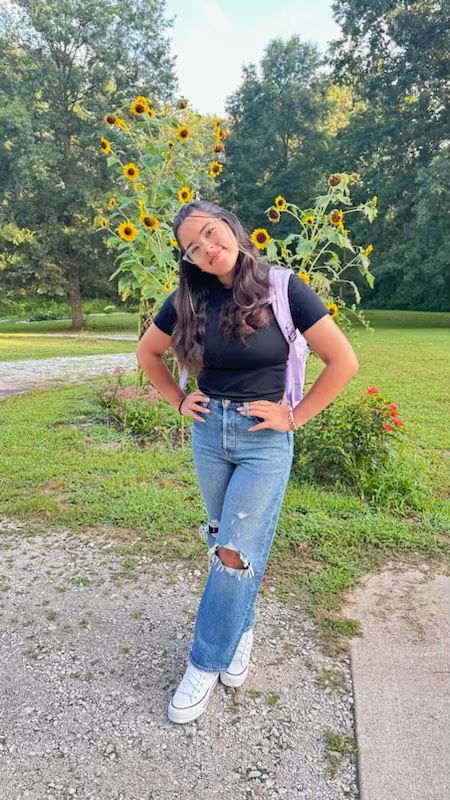St. Jude Family of Websites
Explore our cutting edge research, world-class patient care, career opportunities and more.
St. Jude Children's Research Hospital Home

- Fundraising
Osteosarcoma Treatment
Also called: pediatric osteosarcoma
Osteosarcoma is the most common type of bone cancer in children and teens. It usually starts in the wide ends of long bones. It can also start in the flat bones that support and protect vital organs (such as the pelvis and the skull).
Osteosarcoma usually appears in children and young adults after age 10. It is the third most common cancer in teens. It is rare in children under age 5.
Osteosarcoma occurs slightly more often in males than females. African-American children have a higher risk of developing osteosarcoma than Caucasian children. Long-term survivors of other cancers treated with radiation therapy sometimes develop osteosarcoma.
Find out more about osteosarcoma on the Together by St. Jude™ online resource.

"I'm recovering from limb-sparing surgery. I'm going out with friends more and not worrying, because I don't have as many doctor's appointments now. I'm going into my senior year of high school, so I'm living my best life right now."
Treatment of osteosarcoma
Osteosarcoma treatment includes surgery and chemotherapy. If the disease has not spread to other areas of the body, the long-term survival rate is 70–75%. If it has spread to the lungs or other bones at diagnosis, the long-term survival rate is about 30%.
Osteosarcoma clinical trials
St. Jude offers clinical trials and cancer research studies for children, teens, and young adults with osteosarcoma.
Study goal:
The main purpose of 3CAR is to find out if this type of immunotherapy is safe for pediatric patients with solid tumors. We also want to learn if it is effective in fighting solid tumors.
Age:
Up to 21 years old
Study goal:
Find the highest dose of cabozantinib that can be given safely along with MAP chemotherapy; compare the effects of cabozantinib along with MAP and surgery versus MAP and surgery alone to find out which is better.
Age:
Less than 40 years old
Study goal:
The main purpose of this study is to find out how well the medicine tegavivint works to help children, teens, and young adults with certain recurrent or refractory solid tumors.
Age:
12 months to 30 years
Study goal:
The main goal of this research study is to help us learn how to better treat pain and symptoms in children going through chemotherapy cancer treatment.
Age:
8 to 18 years old
Study goal:
The main purpose of this study is to find the highest, safest dose of CBL0137 that can be given to children, teens and young adults with solid tumors or lymphoma.
Age:
12 months to 21 years old with diagnosis of relapsed or refractory solid tumor or lymphoma (including CNS tumors) or progressive or recurrent DIPG or other H3 K27M-mutant diffuse midline gliomas previously treated with radiation therapy; 12 months to 30 years old with diagnosis of relapsed or refractory osteosarcoma
Study goal:
To find out whether repotrectinib is safe to use in children and young adults and whether it might work against tumors.
Age:
Up to 25 years old
Study goal:
To study B7-H3 CAR T cells combined with chemo and radiation for relapsed or refractory pediatric sarcoma. Learn more.
Age:
Up to 21 years
Osteosarcoma care at St. Jude
St. Jude provides the highest quality of care for patients with osteosarcoma:
- St. Jude has been a pioneer in limb-sparing surgeries. Our surgeons continue to explore new limb-sparing techniques. They are working to improve survival and help children live normal lives after treatment.
- St. Jude offers a dedicated team of specialists to meet the needs of children with cancer, including:
- Surgeons, doctors, and nurses who treat this cancer
- Doctors who specialize in radiation therapy and pathology (making a diagnosis by looking at tumor tissue under the microscope)
- Experts in radiology and nuclear medicine
- Genetic counselors
- Clinical dietitians
- Child life specialists
- Psychologists
- Researchers and scientists
- Lab studies at St. Jude help scientists better understand the biology and behavior of osteosarcoma, both in tumor cell lines and in animal models (such as mice). These studies help scientists find risk factors. They also help scientists develop treatments.
More reasons to choose St. Jude for care include:
- We are consistently ranked among the best childhood cancer centers in the nation by US News & World Report.
- At St. Jude, we have created an environment where children can be children and families can be together.
- We lead more clinical trials for childhood cancer than any other hospital in the U.S.
- St. Jude is the only National Cancer Institute–designated Comprehensive Cancer Center just for children. A Comprehensive Cancer Center meets rigorous standards for research that develops new and better approaches to prevent, diagnose, and treat cancer.
- The nurse-to-patient ratio at St. Jude is about 1:3 in hematology and oncology and 1:1 in the Intensive Care Unit.
- Patients may be able to get expert, compassionate care and treatment closer to their homes through the St. Jude Affiliate Program.

Seeking treatment at St. Jude
Patients accepted to St. Jude must have a disease we treat and must be referred by a physician or other qualified medical professional. We accept most patients based on their ability to enroll in an open clinical trial.
Call: 1-888-226-4343 (toll-free) or 901-595-4055 (local) | Fax: 901-595-4011 | Email: referralinfo@stjude.org | 24-hour pager: 1-800-349-4334